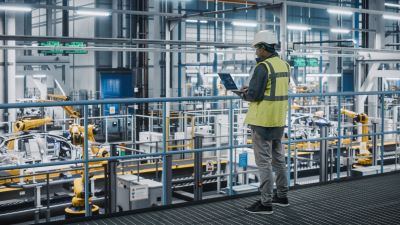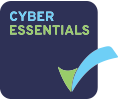Background
The manufacturing sector is the driving force of the economy. It is one of the sectors that benefits from automation, technology, and robotics to generate improved productivity, efficiency, and quality. It was estimated (at the end of 2022) that the sector accounted for 8% of total jobs, with an approximate total output value of £180 billion. But in 2022, it recorded 22 fatal accidents. This may sound nominal, but there are still 22 deaths and 22 families affected by the loss: someone becoming a widow, children losing a father or mother, parents losing a child, etc.
Most common injuries within the manufacturing sector.
- Slips, trips and falls.
- Electrical shocks
- Falling and flying objects
- Chemical burns and reactions
- Manual handling injuries – unsafe lifting practices
- Dehydration and fatigue
- Machine-related injuries eg entanglement, limbs getting caught in rotating devices
- Stress
These can lead to illnesses, injuries and long-term absences and will impact on the business. With this in mind, its is important to highlight the most common hazards.
Most common injuries within the manufacturing sector.
- Slips, trips and falls.
- Electrical shocks
- Falling and flying objects
- Chemical burns and reactions
- Manual handling injuries – unsafe lifting practices
- Dehydration and fatigue
- Machine-related injuries eg entanglement, limbs getting caught in rotating devices
- Stress
These can lead to illnesses, injuries and long-term absences and will impact on the business. With this in mind, its is important to highlight the most common hazards.
Common safety hazards in manufacturing
- Electrical hazards, often leading to fires, can affect people, products, and premises. Consequences are either serious or fatal. Make sure your systems are checked and maintained regularly.
- Chemical hazards. Industry is renowned for using very poisonous and highly corrosive liquids as part of the manufacturing process as well as cleaning and maintenance activities. Ensure you have a COSHH assessment and users are informed and trained, PPE. Handling and storing safely.
- Vehicle hazards. Use of forklift trucks, lifting equipment such as MEWPS often come into contact with people, other vehicles, with equipment and premises. Only trained and qualified employees should operate these.
- These are used for various purposes and can produce heat, sparks, dust, fumes, debris etc by using cutting/rotating devices, which can easily catch clothing, jewellery and hands. Installing safety guards, carrying out risk assessments and providing training and instruction to operators will minimise the risks.
- Lack of maintenance. Even with extreme diligence, equipment can malfunction if it has not been serviced and maintained regularly. The HSE found that 25–30% of manufacturing fatalities were maintenance-related. Ensure equipment is serviced regularly, and only trained staff should use machinery.
It is important to seek professional advice to ensure you/your staff remain safe at work. Quest can help you to become compliant and remain so. Cutting corners on safety may have serious, if not fatal, consequences. You can contact Quest's expert advice line on 0116 274 9193.






